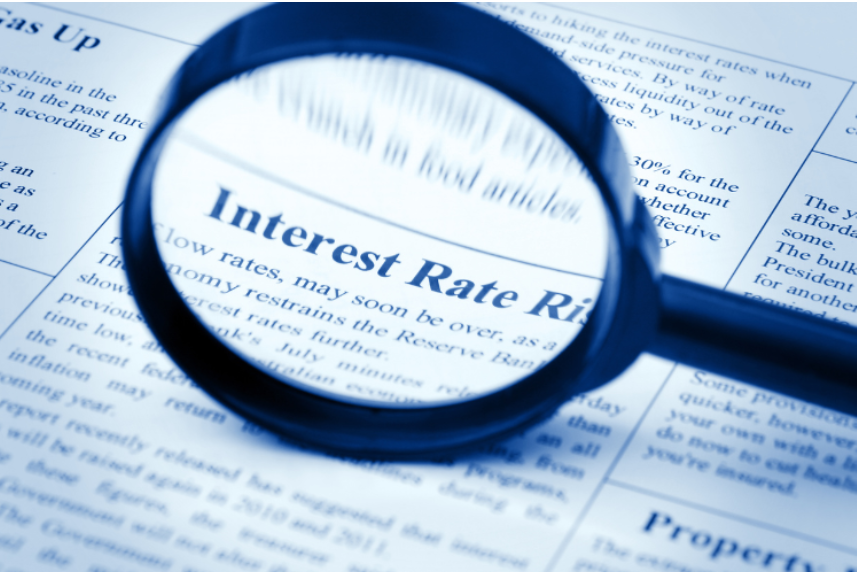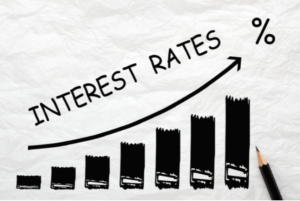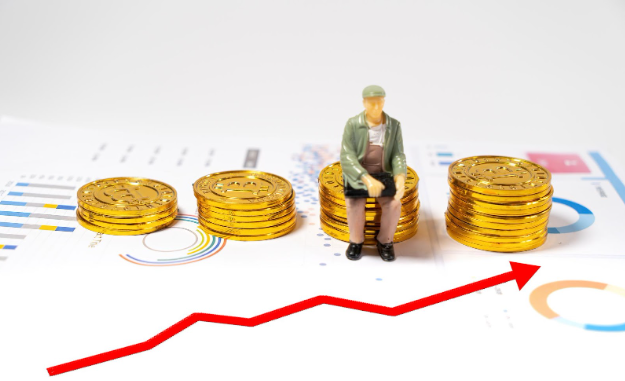
Interest Rates Hike and How Homeowners Will be Affected
To slow down the rate of inflation that has been out of control, the Bank of Canada has increased its benchmark rate by the highest amount in more than 20 years.
The benchmark interest rate for Canada was increased by a full percentage point to 2.5% by the country’s central bank. This is the bank’s largest one-time rate rise since 1998.
The rate that Canadians receive from their lenders for things like mortgages and credit lines depends on the bank’s rate. In response, two of Canada’s major banks have already changed their benchmark rates; Royal Bank and TD increased their prime rates from 3.7 percent to 4.7 percent.
The other lenders are expected to quickly follow suit.
Considering all other factors being equal, a central bank will lower the rate of lending when it seeks to boost the economy by enticing people to borrow and invest. When it tries to cool down an overheated economy, it increases rates.
The central bank has hiked its rate four times since March in an aggressive effort to combat inflation, which has risen to its highest level in forty years, after cutting its rate at the beginning of the pandemic.
How Homeowners Will be Affected by the Interest Rate Hike
Fixed mortgage rates grow in tandem with rate increases. This is because they are affected by both inflation and the economy. Additionally, prime rates might reach 4.7% if the Bank of Canada keeps increasing interest rates by up to 150 basis points over the rest of the year. This figure is probably going to increase, which might make fixed-rate mortgages a poor option for homeowners.
Regardless of the situation in the market, you always want to receive the most value for your money when selecting a lender for your next mortgage or refinancing. A variable interest rate loan may be useful in this situation. The impact on borrowers who have variable-rate mortgages or HELOC (home equity line of credit), which are frequently linked to the prime rate, would also be felt, though not as strongly.
Advantages of Variable Rates During Rate Hikes

If you have a lot of revolving or high-interest debt, you should consider switching to a Cash Out or HELOC as a way to get some relief. This can assist you in paying off the bill right away rather than letting it accumulate on your credit card, which would result in you paying more in interest over time.
This option will put you in a good position to quickly pay off your current bills by consolidating your high-interest loans before further rate increases. Thankfully, the mortgage industry has seen a growth in innovation, which makes it possible for more creative approaches to debt consolidation. Before more interest rates increase, homeowners who are struggling financially can turn to new, more equitable financial options that can help them manage their budget.
Homeowners can access their home equity, benefit from cheaper or optional monthly payments, and even be approved for a larger loan by selecting a variable rate mortgage.
Lower Interest Rate Risk with a Fixed Mortgage Rate Plan
According to common thinking, a 5-year rate represents a safer bet. However, if you keep a higher rate for too long and rates fall, according to the ‘rate bell curve’ perspective examined in the absolve, you run the risk of paying too much.
A 2-3 year fixed rate could therefore put you in a better position to renew at a lower fixed rate in 2-3 years. While rates are expected to continue to rise through the end of 2022 and into 2023, there will likely come a point later in 2023 or into 2024 where fixed rates start to decline in anticipation of central bank rate cuts to stimulate the economy.
How to Minimize Your Risk, Guard Against Rising Mortgage Interest Rates, and Maximize Your Savings on Your Mortgage
The easiest method to benefit from the reduced rate and lower your risk if you choose a variable rate mortgage is to raise your payment to the amount you would pay on a five-year fixed rate mortgage.
Let’s say a 5-year fixed-rate mortgage’s hypothetical monthly payment is $2000 and a variable-rate mortgage’s hypothetical monthly payment is $1750. Your variable rate monthly mortgage payment will be increased to $2000 using the mortgage repayment plan.
This means you have increased your monthly principal payment on your mortgage by $250 while interest rates are low.
You are making progress on your mortgage and saving money on interest as long as your regular variable rate payment is less than what your fixed rate payment would have been. You could then choose to stop making pre-payments if you’d rather have the extra income flow once your variable rate reaches the level at which your fixed rate would have been.
The key takeaway from this is that you employed the reduced variable rate to reduce your interest expenses. Then, as bond yields revert in anticipation of an eventual fall in interest rates, there may be around a year where variable rates are more comparable to 5-year fixed rates or could end up even higher than new fixed rates. The variable rate holder will then receive another reward when the Central Bank begins to truly cut the rate.
Making the Best Decision for Yourself in the Future

A rate increase of this magnitude rarely has uncontrollable negative effects on a homeowner’s financial status. However, managing high-interest debt can be difficult with any rate increase, regardless of its magnitude.
You’ll avoid headaches and obtain more information on anything unclear to you by speaking with a financial expert. EmpireOne Credit has financial experts that help homeowners decide on the best course of action for any unsecured debt with high interest rates, that they would like to get rid of. A free and friendly consultation is offered. Contact us today.





